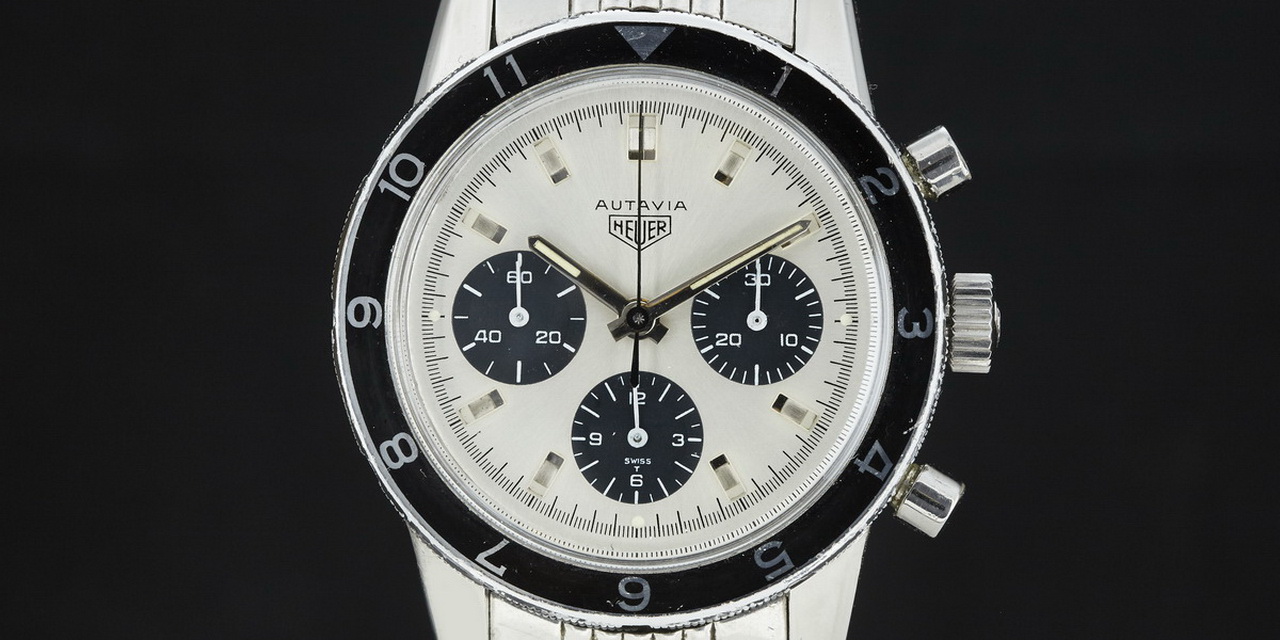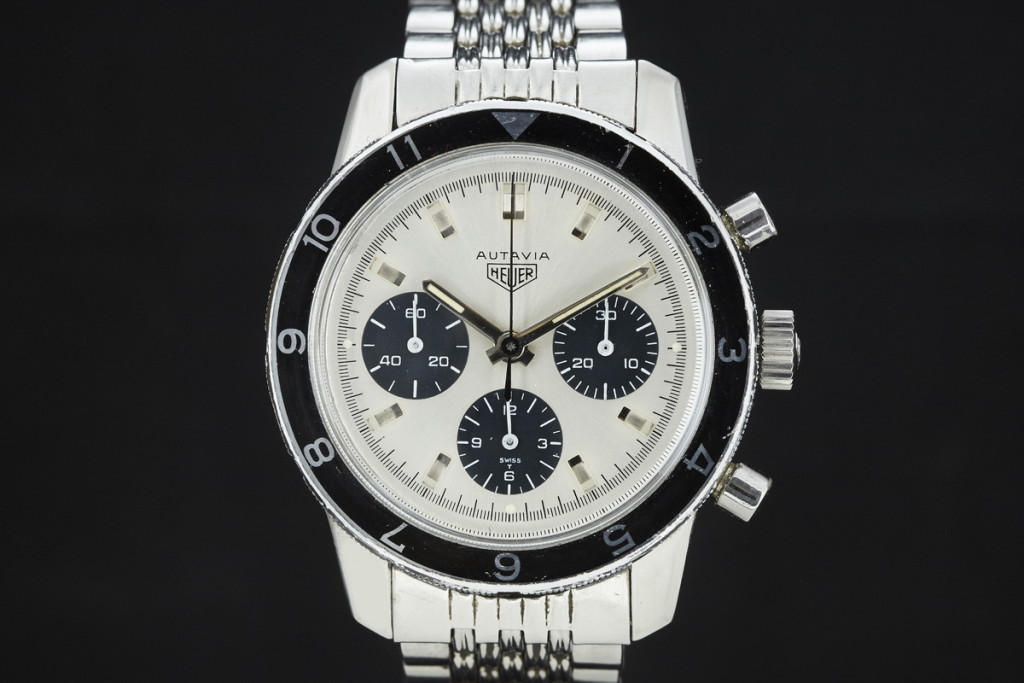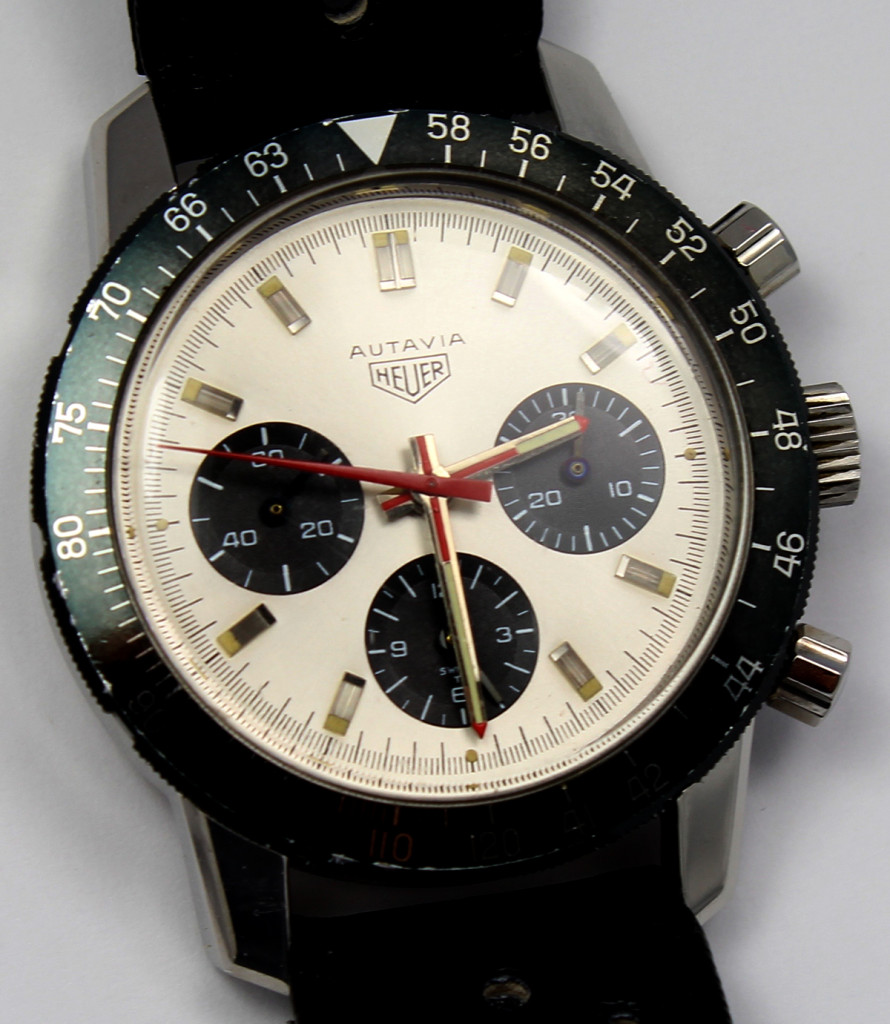Once upon a time, there was a brilliant architect, who designed residences and had also planned and built many successful communities. Many years ago, he began work on what would be his most ambitious project, a futuristic community of over 300 houses, apartments and townhouses, that would also include parks, shops and other facilities for the community. This new development would capture the essence of the Architect’s style, as well as his vision for communities of the future.
To begin the project, the Architect would build a row of townhouses, 12 units that would serve as the model for the rest of the community. The Architect had ambitious plans for the community, and he spared no energy or expense in designing and starting the work on these first 12 townhouses. He knew that in order for the Project to be successful, these first 12 homes would need to be well-received, showing potential residents and observers the style and quality that would be the essence of the new community.
The new Project was off to a strong start. The Architect developed the master plan, installed the infrastructure for the community, and construction was progressing well on the first 12 residences. The Architect had completed the exterior walls of these 12 units and was beginning work on the interiors, framing the interior walls. Then, just when the new community was beginning to take shape, for reasons still not known, the Architect suddenly stopped work on his new community. One month later, the Architect died.
Upon his death, the Architect’s students knew that work on the community should remain at a standstill, at least until they could locate his plans and drawings. These plans and drawings would show them how the community should be built and allow them to complete his work. They searched his all his files, however, they found no information about the community or the townhouses. They determined that it would be best for the project to remain as it was, with no further work being done on the project. They realized the special importance of the 12 unfinished townhouses, and ensured that each of the townhouses was preserved, exactly as it stood when the Architect died.
As time passed, the Architect’s followers realized that they would never know exactly what he had in mind for his new community. How would the townhouses be finished? What materials had he planned to use – which woods, which stone, which lighting, which fabrics, etc.? Beyond the first 12 townhouses, what did the Architect have planned for the rest of the community – the houses, the parks and the shops? Indeed, the Architect took his vision with him, to his grave, with the only clues being in the form of the 12 unfinished townhouses.
There was a lively debate about what should be done (or not done) with the 12 unfinished townhouses. Should they be left as they were, in their current condition? Should they be destroyed, since no one could be certain that they could be finished in the style intended by the Architect? Or should they be sold off, to the highest bidder?
The Students.
A short time after the Architect died, four of the Architect’s colleagues and students purchased individual townhouses from his estate. Having worked with the Architect on many projects over the years, and sharing ideas with each other, they were able to complete these four townhouses in impeccable style, with the wonderful materials, colors and light favored by the Architect. Enthusiasts studied these four townhouses, and most agreed that the four Students had captured the essence of what the Architect must have been planning.
The Speculators.
Some years later, the bank that had taken ownership of the Project decided to auction off the eight townhouses that had not yet been completed. The auction was a failure, however, with only two of the units being sold, both at very low prices. The speculators who had purchased these two townhouses were poorly equipped to complete their units, not knowing the Architect and not being trained in architecture. They quickly finished the townhouses, using poor-quality materials and shoddy construction, and sold them off as quickly as possible. The Students were horrified at the manner in which the Speculators completed these two units. Indeed, the Speculators were seeking to make a quick profit, and they had no interest in this community or the vision of the Architect.
The Historians.
With the poor results of the sale to the Speculators, the bank sold the last six townhouses to a shrewd investor. Over the years, this investor sold the six remaining shells to a variety of enthusiasts, all of whom completed the construction in the style of their choosing. Some used more traditional finishes, trying to continue the work of the Architect. Others used more modern materials, imagining that the Architect would have embraced modern developments in lighting, power and materials. While these last six units did not have the consistency that the Students achieved, they avoided the garish finishes used by the Speculators.
So What Does This Have to Do with Watches?
Over the past few years, vintage Heuer enthusiasts have become familiar with approximately 10 Autavia chronographs that use Reference 2446C or 7763C cases and have silver dials. I believe that Heuer ordered these dials, intending to produce an entire series of silver-dialed Autavias, but never completed any of these watches. Over the years, we have seen these beautiful dials used to build a variety of watches, with the results ranging from fantastic watches that capture the essence of what Heuer might have planned, to hideous watches that violate all the rules that Heuer followed in designing and building its watches.
The Student’s Autavia.
This is the best looking Autavia Reference 2446C SN that I have seen. It is currently owned by James Lamdin, the owner / operator of Analog Shift, and to my eye, the person who completed this watch made all the right choices.
Let’s look at this watch, one piece at a time. The Hours bezel is the strongest of the bezels that were used on the 2446Cs, and I believe that this is the perfect choice for the 2446C SN. The bold silver numerals pick up the silver of the dial, as well as the tone of the hands and markers. This watch also follows Heuer’s “rule” that the hands should match the dial, with the plain markers matching the polished hands (in other words, there are no inserts in the markers, so there are no inserts in the hands). The needles used in the three registers also appear to be correct, the white paint of the needles easily visible and matching the markings on the registers.
We can put this silver-dialed Autavia side-by-side with collectors’ most cherished chronographs, and I believe that the Autavia does well in the comparison. Whoever completed this watch — and some may suggest that it was Heuer — created a masterpiece.
The Speculator’s Autavia.
If the Analog Shift watch shows how an Autavia 2446C SN should be completed, then the watch being sold by Christie’s on December 16, 2015 (as Lot 108), shows us just about everything that could be wrong with one of these home-made watches. The dial itself appears to be original and in excellent condition, but my praise for this watch ends there.
The bezel is from an Orvis Solunagraph, one of the chronographs made by Heuer for Orvis. Used in the last version in the Seafarer / Mareographe / Solunagraph series of chronographs, these bezels appear to be the ones that were “leftover” for the 2446C cases. With their red inserts and tips, the main time-of-day hands appear to be from an Autavia Reference 2446C GMT, and the horrible clash between these hands and the rest of the dial shows the wisdom of Heuer’s practice of always matching the hands to the markers. Finally, whoever completed this watch used black needles for the three registers, rendering the needles just about invisible and the chronograph almost worthless, as a timing device.
I can’t say who completed this watch, but I can say with a high degree of certainty that it was not completed by Heuer. I have chased the vintage Heuer chronographs every day for the last 15 years, and can tell you that this watch violates every rule that Heuer followed. Hands matching markers? Not on this watch. Needles contrasting with registers? Nope. Solunagraph bezel on an Autavia? I’ve never seen Heuer do that.
We don’t know who turned this amazing dial into a watch or what his circumstances might have been. We can conclude that he had some combination of limited resources and poor taste, and here it is — 45 years later — being sold by Christie’s. I can assure you that the Architect would not be pleased with this turn of events.
About the Christie’s Listing.
Christie’s description of this watch states that this watch “recently emerged to the market with the possibility it was in this configuration since the 1970s, and perhaps even was in this configuration when first leaving the Heuer headquarters.” Come on, Christie’s . . . why stop there? There is also the possibility that Jackie Onasis made this watch a secret gift to John Lennon, or that Muhammad Ali presented it to Joe Frazier in Manilla, but there is no evidence to support either of these stories. So too, there is absolutely no evidence that Heuer completed this watch, and everything I know about vintage Autavias tells me that Heuer could not have possibly produced this watch. Period.
Christie’s closes the description with the statement that this watch “conveys remarkable beauty and aesthetic power”. Based on the photos that I have seen, I would beg to differ. To my eye, this watch conveys what can happen when someone takes a beautiful dial, intended to be the centerpiece of something much greater, and shops for the pieces to finish the watch in the basement or parts bins. Whoever built this watch had no blueprints, no supply of appropriate parts, and no clue at all about what the Architect had planned.
So What’s It Worth?
This watch was listed on eBay, on September 1, 2015, with a BuyItNow price of $20,000, subject to a “Best Offer”. The watch sold very quickly, for a “Best Offer” price of less than $20,000. (Ironically, those searching for the Autavia chronographs might have missed the opportunity to buy the watch, as it was listed as an “Auctavia”. That’s right, “Autavia” with an extra “c”, for good measure.)
It is difficult to assign a value to the watch being sold by Christie’s. Yes, it represents a quick “flip” by the person who purchased the watch in September 2015, on eBay, but that is hardly relevant in valuing the watch today.
In my view, Christie’s Lot 108 will be the sale of a beautiful, rare dial, that is currently being held captive in a lousy neighborhood. This amazing dial is framed in an unattractive bezel, paired with a set of hands that jars the senses, and decorated with three chronograph needles that might as well have remained in the parts bin. It’s sad to see such a beautiful dial in these miserable surroundings. Indeed, this dial deserves to be liberated, set free from its captors, taken one step further away from whoever did this terrible damage to a beautiful piece of history. In the right hands, it can be returned to its former glory.
For this watch in its current condition, a price in the range of $20,000 seems about right. Over time, the patient collector might be able to find the bezel, hands and needles that the dial deserves. Someone who wants to move more quickly should be able to invest another $7,000 to $10,000 for a nice Autavia 2446C chronograph, with the proper bezel and hands being “transplanted” to the complete the Autavia Reference 2446C SN chronograph.
Jeff Stein
December 10, 2015













